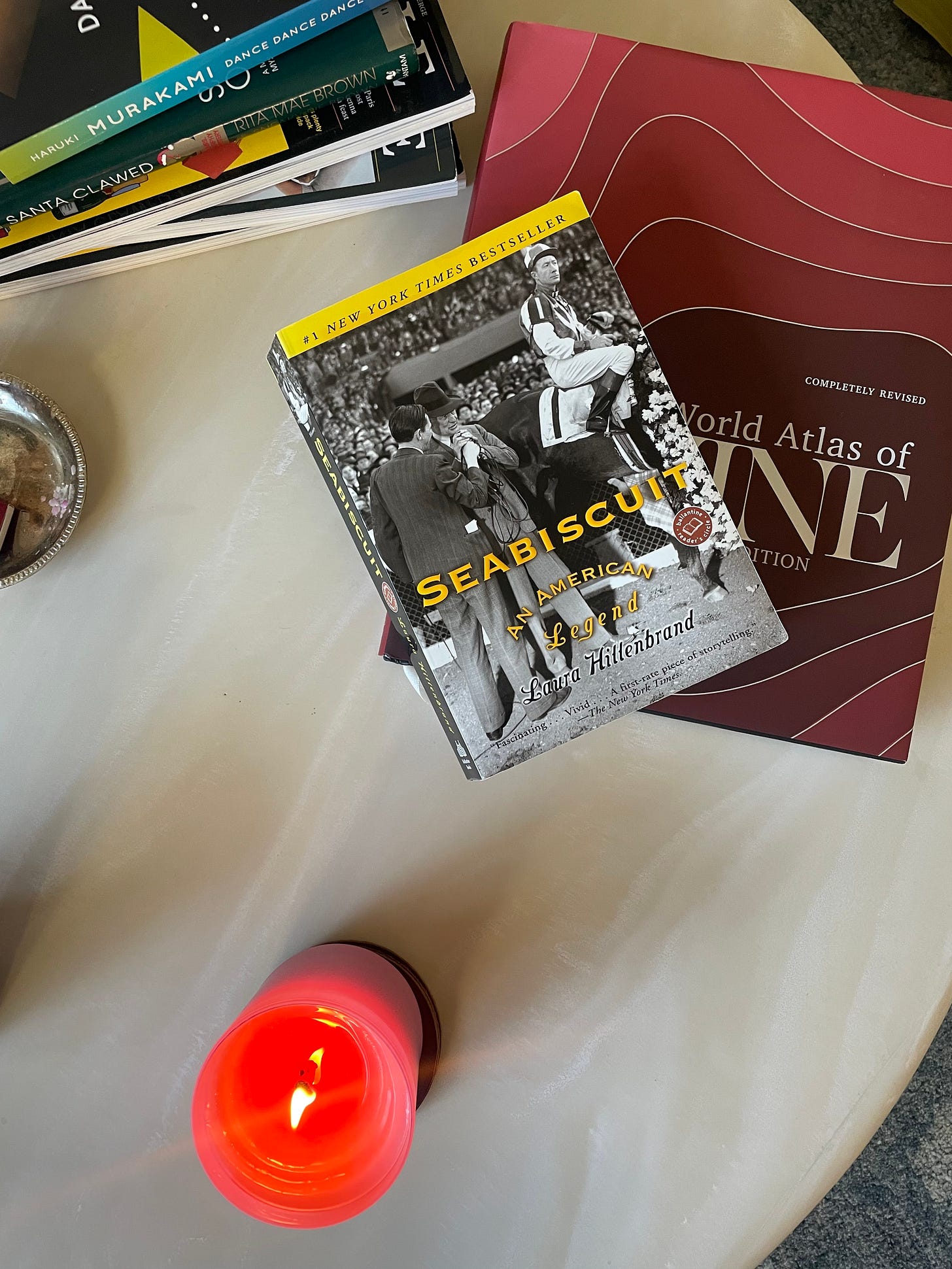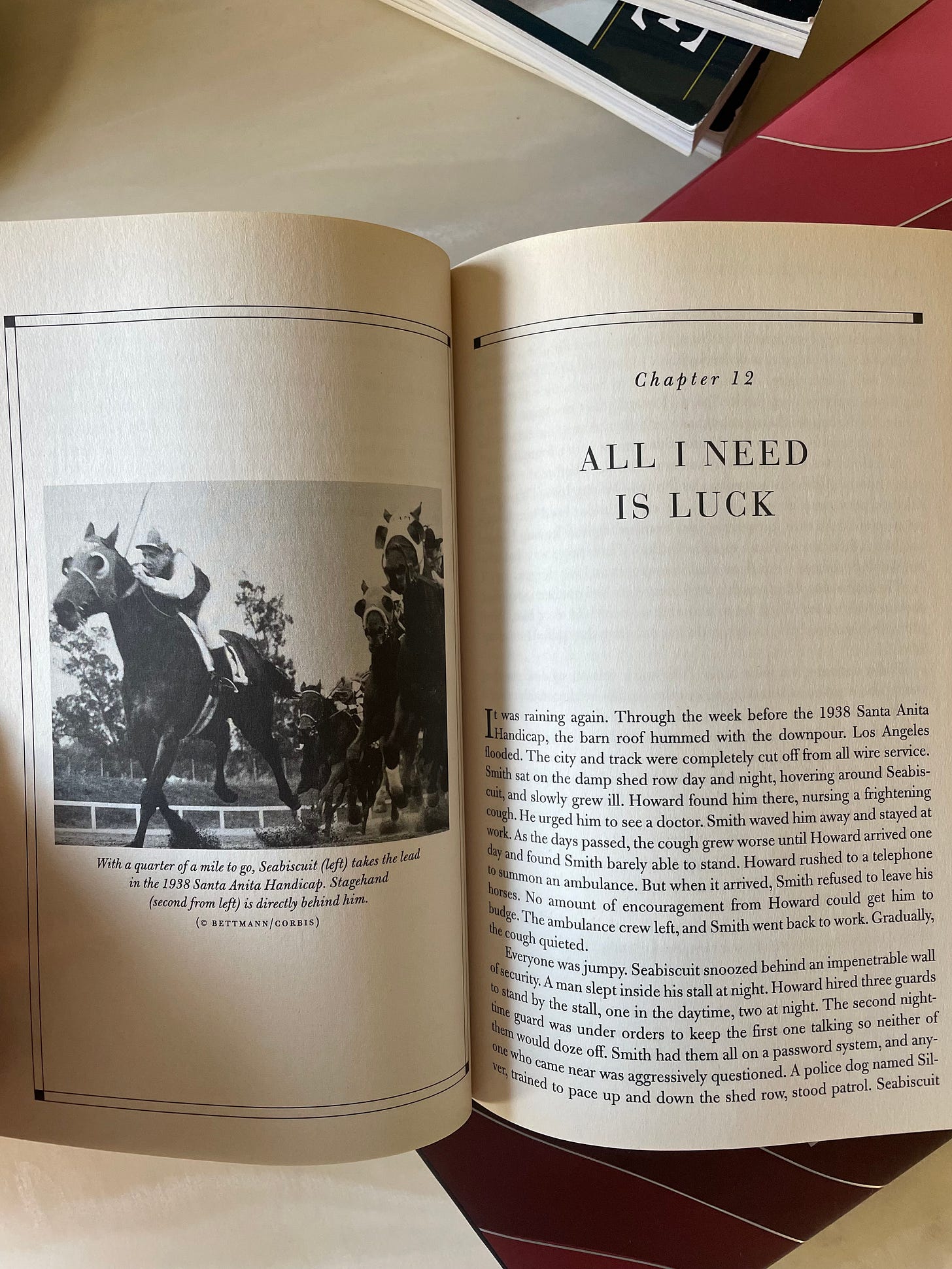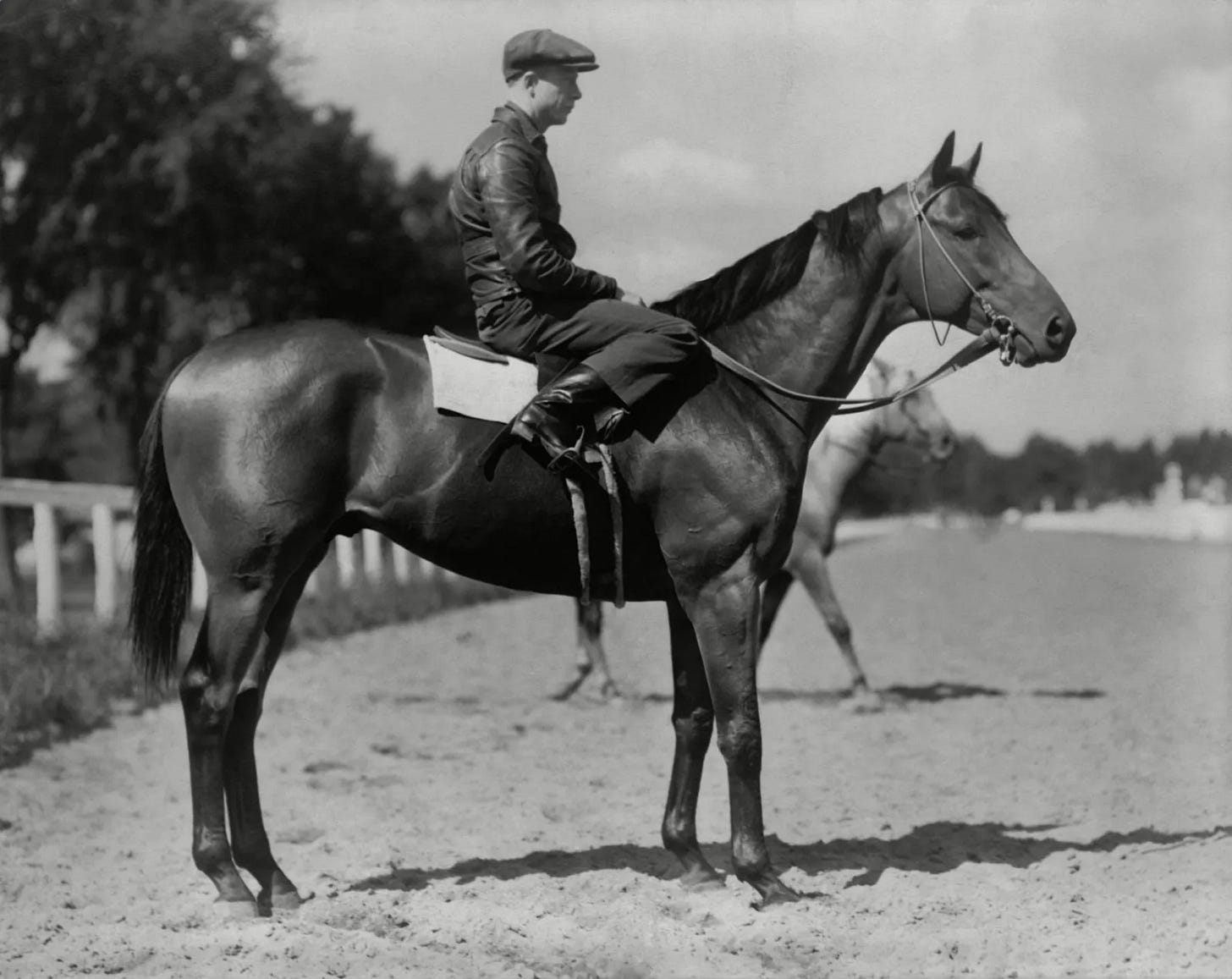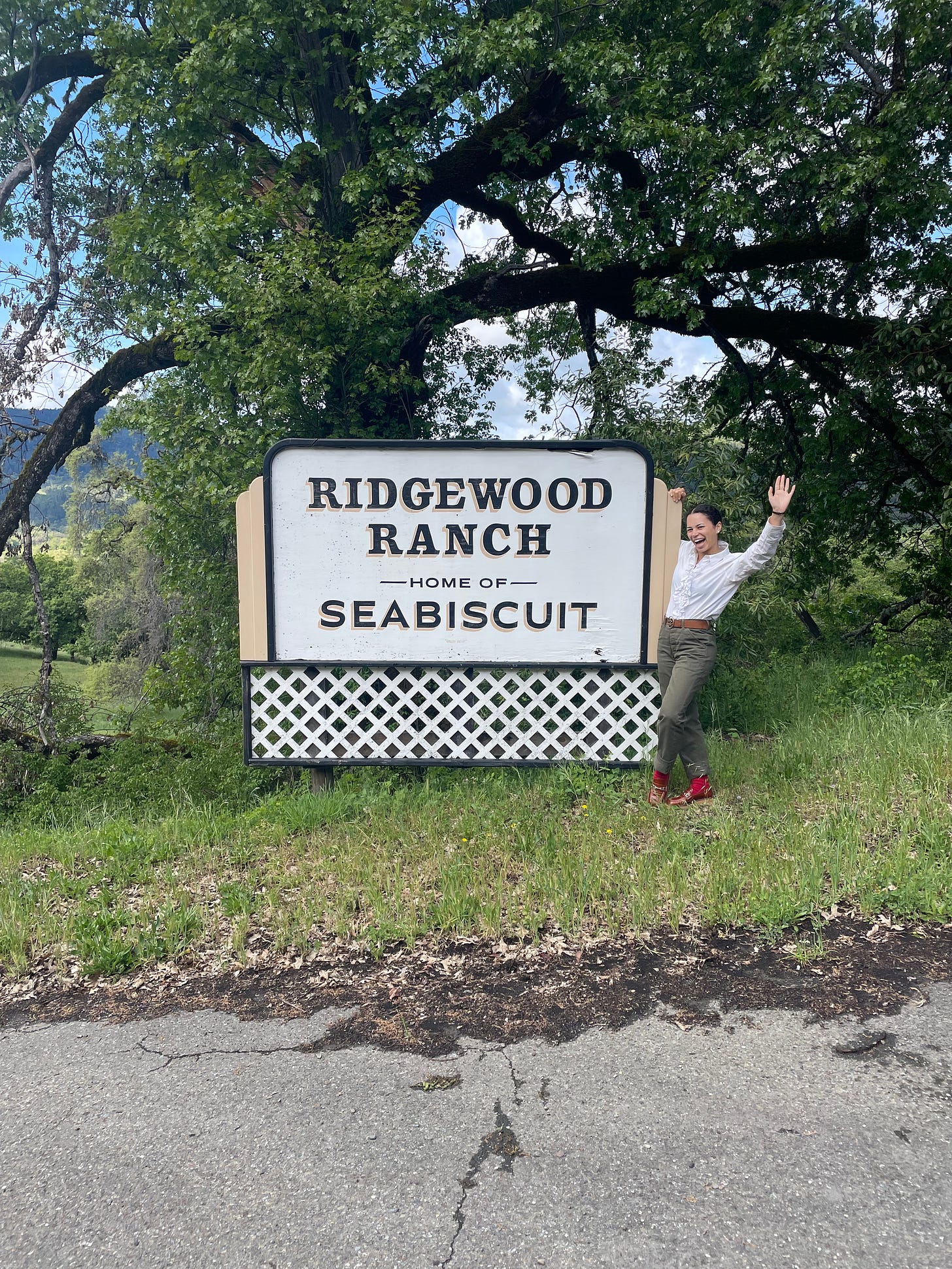21st & 18th muses on culture. Covering art, history and fashion and featuring interviews with voices in fashion and leaders in the arts. Sometimes we will feature photo journals of our recent time travel. By Lauren Lynch Wemple (@lolynchwemple). Follow 21st & 18th (@21stand18th) on Instagram.
ART
In a twist that could have only been plotted by the art history gods, in a ploy to lift my Rococo colored glasses, aka my art comfort zone: I can’t stop thinking about Raphael.
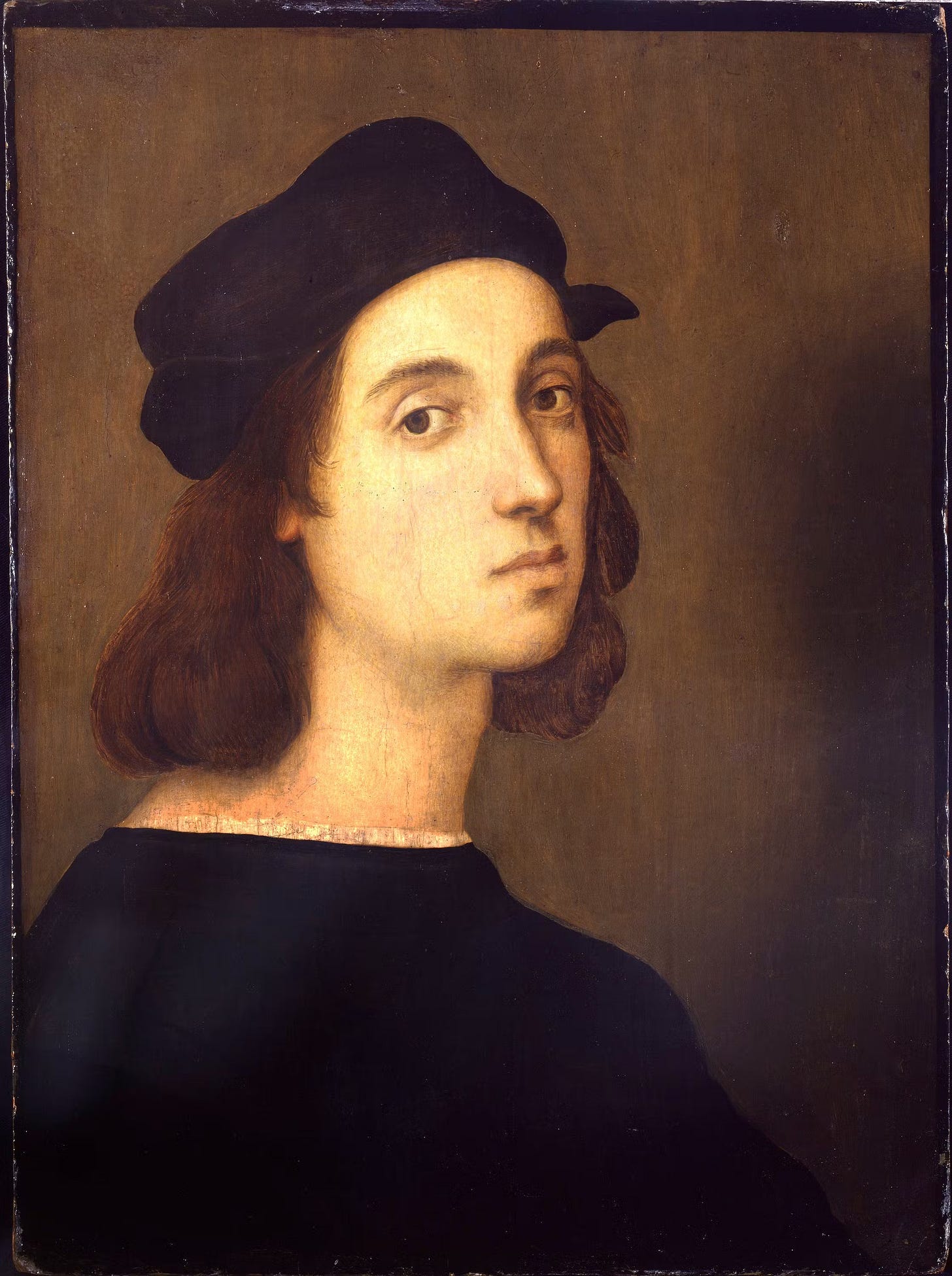
Not to be confused with the Ninja Turtle, party supplies store or a democratic Senator from Georgia, the Raphael I can’t stop thinking about is the Italian painter and architect, born Raffaelo di Giovanni Santi in 1483.
Raphael was born in Urbino, Italy, a story book walled town on the Eastern coast of the country, near the Adriatic Sea. Though Raphael’s was a short life (spoiler: he dies at age 37), he left an indelible impression on the art historical canon and Europe. I’d also argue his work, which managed to be perfectly balanced and effortlessly graceful, was emotional and energetic in a new way encouraging Renaissance viewers, as well as those of us today, to evolve emotionally or at least convene with religion in a new, perhaps more authentic, way.
Raphael lived and worked during the High Renaissance, an age of creation and thinking which was also home to his later contemporaries, Michelangelo and Leonardo da Vinci, and he was widely regarded during his lifetime, as well as after, as one of the greatest painters. It was also said he possessed great wit and charm earning him the nickname, “Prince of painters.”

Raphael’s father was a painter at the court of the Duke of Montefeltro in their hometown of Urbino, and it is accepted that he learned to paint from his father. After his father’s death, little Rapha was only 11 years old, the young painter proved to possess painting technique to amplify his innate skill as when he arrived in Florence in 1504, age 21, he entered directly into the workshop of Pietro Perugino1. It was said that Raphael possessed dexterity in depicting landscape painting as well as human expression. In Florence, Raphael quickly became a sought after artist in his own right and later, in Rome from 1508 to his death in 1520, he was the toast of the town delivering on commissions for frescoes in the papal chambers, designing tapestries for the Sistine Chapel and painting some of his best work: series of mythic scenes in which the characters depicted express intense emotions, such as joy and courage, and are aptly painted with such sentimental exuberance. See below for an example.
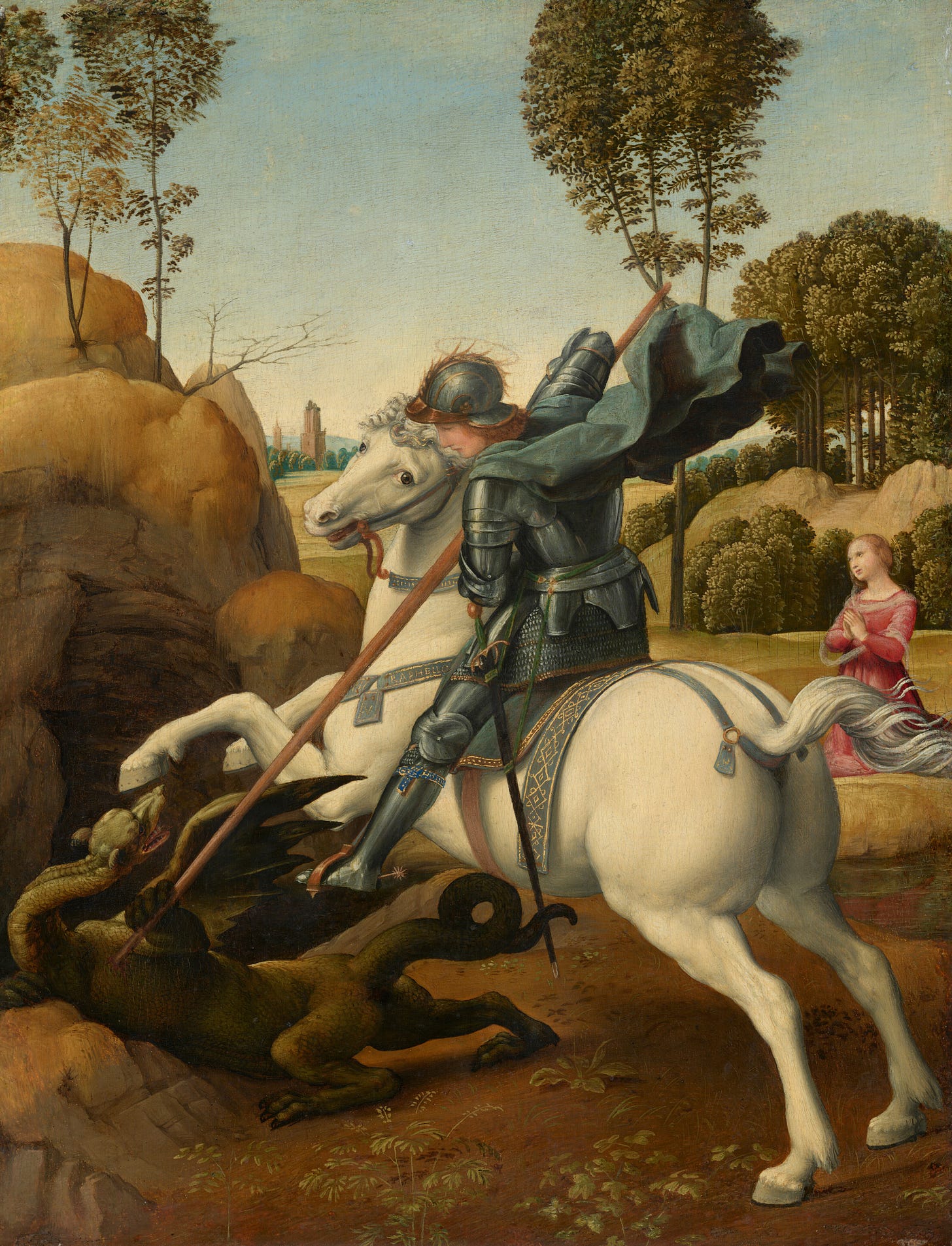
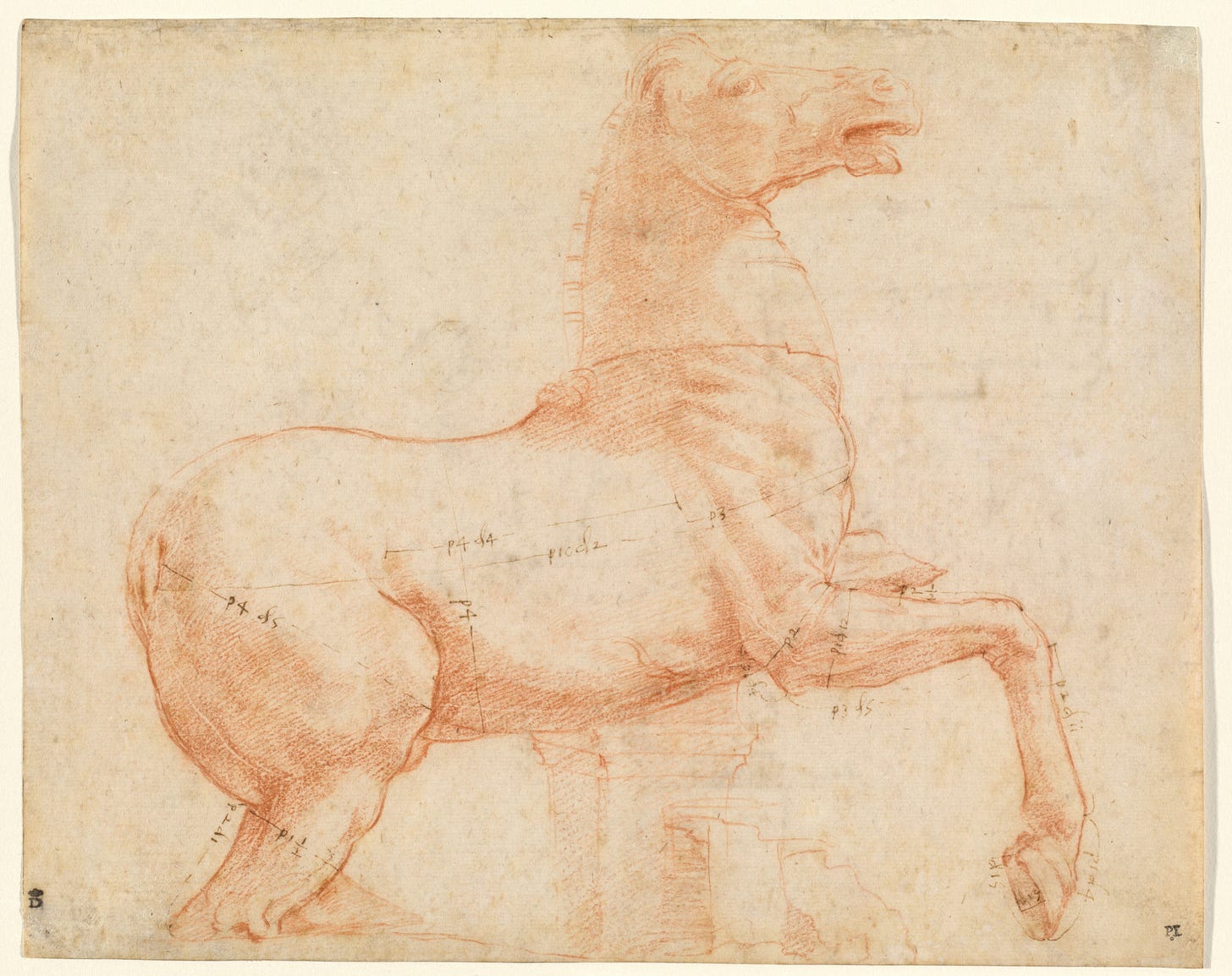
Fascinating Fact: Raphael was so highly regarded by the pope, he was named keeper of antiquities2 while living and working in Rome, and after his death, the pope insisted he be buried in the Pantheon3.
Why am I obsessed with Raphael?
First because his work is intriguing and inspiring. Next, his artwork asks for emotional intelligence from its viewer, which, to me, is surprising as this is an art-viewer relationship trait I normally equate with modern or contemporary art.
Raphael was the precursor to Michelangelo and Leonardo, two of the most famous names in global culture, however his work, if you consider the sect of painting he carved out, to me, is more effective. I feel moved looking at a Raphael, whereas I move to look at artwork by Leonardo, for example. Each of these High Renaissance painters was a genius in his own right, but I feel Raphael more, which predisposes me to think he’s the best. For me, Raphael represents emotional connectedness and when I can connect with a painting or drawing of his, I feel as though I am doing a good job understanding myself and others. It’s this weird art report card, where I feel some higher power, perhaps Raphael himself, is giving me a gold star for being a good classmate.
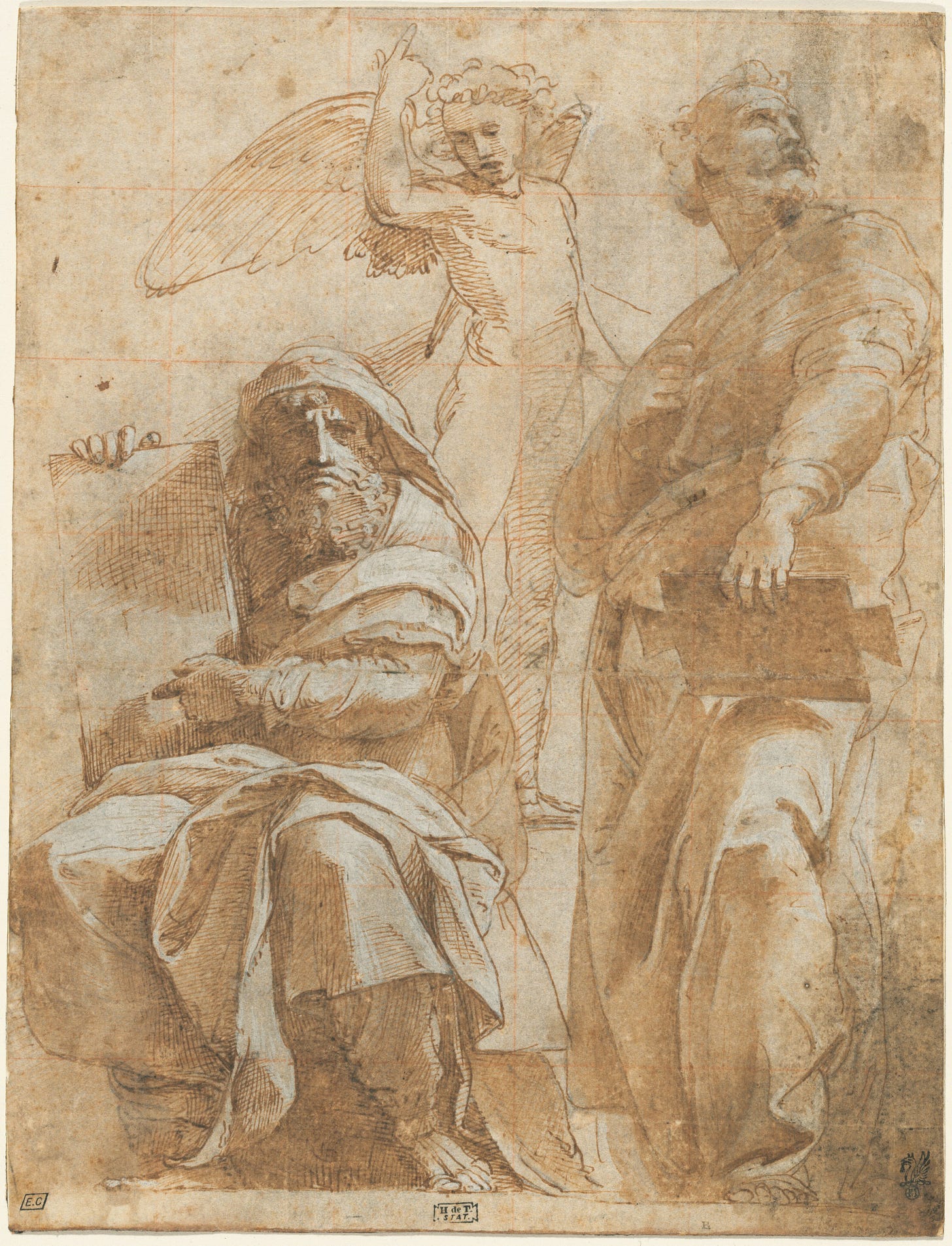
If you would like to learn more about Raphael, I recommend the following reading:
An introduction to Urbino by Rick Steves (it’s good, trust me)
Read Raphael’s biography, by the National Gallery of Art, here
Explore his work and the history and analysis of such from the Uffizi’s curatorial team, here (scroll down past each work to read their in-depth overview of each work of art)
HISTORY
This is the best book in the world.
Seabiscuit: An American Legend by Laura Hillenbrand is the best book in the world. In fact, I am going to pause writing this Newsletter draft to go write her fan mail4.
Seabiscuit was the winning-est racehorse in history during his career (we may be able to prove he held that title longer) and certainly the most popular racehorse of his time through to, I’d argue, today. Seabiscuit was a thoroughbred racehose who was, until he found the right trainer, owner and jockey, constantly underestimated. He was considered ‘ugly’, ‘too short’ and notably his early trainers and owners remarked upon his ‘strange, staccato gait’ but it was this always-overlooked little bay horse who wowed the world of racing when he beat the supposed best horse in the USA and Triple Crown winner, War Admiral, in an historic match race in 1938. Seabiscuit set countless track records and took first in the Santa Anita Handicap5 in 1940.
Hillenbrand’s 1999 book so interestingly weaves together the history of Seabiscuit’s life, racing career and legacy with the struggles, achievements and moments in between of his legendary trainer, Tom Smith, owner, Charles S. Howard and jockeys, Red Pollard and George Woolf, who often mounted the Biscuit during Pollard’s injured years.
Hillenbrand’s hundreds of pages bring history together with drama, not because she dramatizes or adds a ‘spin’ on the events that took place during the lifetime of Seabiscuit, but because she so perfectly sandwiches the story of each character with the happenings of the time (mostly 1930s - early 1940s USA, particularly focused on California and the Northeast) to give the reader a keen sense of how the achievements and failings of Seabiscuit and his cohort of men might have felt or the ripple effects their actions caused in the world of racing and beyond.
As a horsewoman who has definitely seen the 2003 film Seabiscuit (and visited Seabiscuit’s grave in Menocino County, CA6) and knows a fair bit about thoroughbred racing, I came away from this novel having learned a mass amount. Hillenbrand’s meticulous research and intense editing goes a long way in leaving her readers a great deal smarter. I also found it refreshing to read a book set in the early 20th century that didn’t focus entirely on World War II, temperance and prohibition, women’s right or Civil Rights, not because those things are not important, but because there were a lot of things going on in the USA during the first half of the 1900s and I want to know more about them!
Fascinating Fact: In 1938, Seabiscuit was voted American Horse of the Year, ahead of the Triple Crown winner, War Admiral7 and that same year he clocked more time in the press, measured by newspaper column inches, than President Franklin D. Roosevelt, Adolf Hitler and Benito Mussolini.
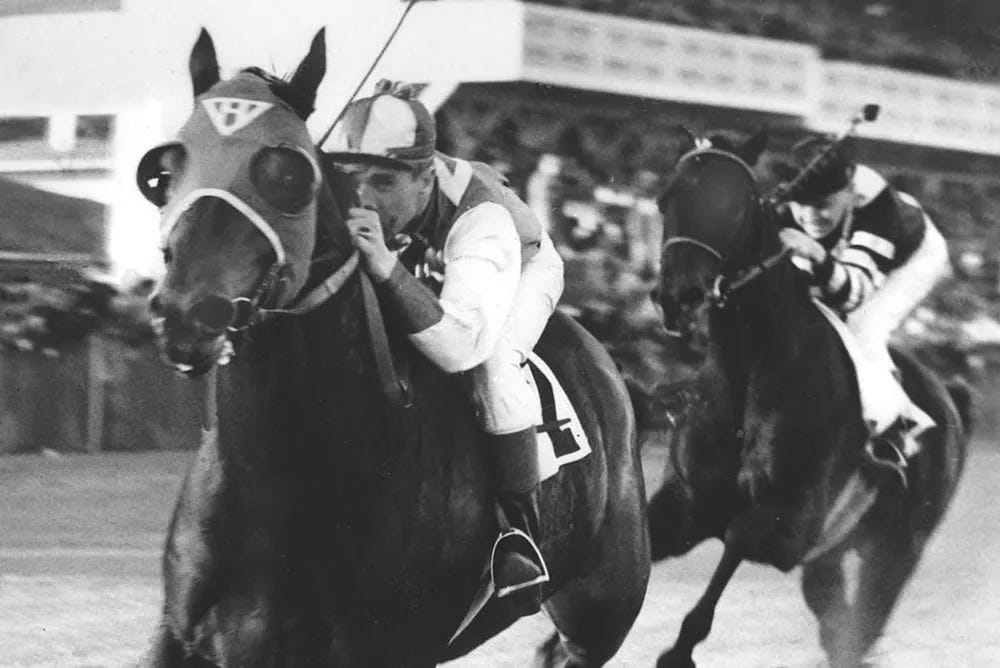
I adore this book and cannot recommend it enough because it is so heartening to imagine the entirety of America, not just horse enthusiasts, coming together to root for this underdog and celebrating together when he won, most of the time, across his lengthy career. This is the only book to ever incite tears in my eyes while reading and I will be gifting my copy to my sister.
If you would like to read Seabiscuit: An American Legend, see here.
FASHION
I’ll keep this short, see below for a list of things I purchased over the last two weeks:
Extended Shoulder Boyfriend Shirt by Talbots (On sale for $69.99 (Usually $99))
I recently read Ina Garten’s memoir, Be Ready When the Luck Happens, and was influenced by her as she famously wears the same outfit, in color variations, each day (and the gossip mill tells me she buys most of her button ups from Talbots). This shirt is well priced and 100% cotton, and I needed more white button up shirts in my wardrobe that do not have logos - sometimes, I don’t even want the Ralph polo player, sorry Uncle Ralph. This shirt is well priced so I don’t have to be too precious or care that much when it gets stained with wine or tea. I also like it in the Bold Stripe (also on sale for $69.99).
Monocle Magazine, December 2024 issue ($17 via Ann Mashburn)
This is not fashion, but they do discuss fashion within. Highly recommend for anyone who lives in a city and is looking for sturdy subway, tube or bus reading that can double as coffee table decor.
Purple Label Bengal-Stripe Poplin Shirt by Ralph Lauren (On sale for $319 (Usually $495))
I purchased this shirt in alternating strawberry and deep green stripes, however it’s no longer available. I opted for size large to achieve a super oversized look. Note: Be ready for French cuffs on most Purple Label shirting.
Black Scrunch Dress by Ganni ($345)
Ganni dresses just work on my body, I’m petite at 5’3”, and I have been looking for more clothing that accentuates my waist vs. the baggy parachute dresses we’ve all been wearing. I like this dress because it’s easy, washable at home and will stay looking fresh for seasons to come, because, hello, black.
Aprés Puff Slip Ons by SeaVees ($80)
If you purchase one thing in my little round up here, let it be these Aprés Puffs by SeaVees, they are so so so so so cozy, and perfect for bopping around a house, hotel room or walking out into your back garden or onto the porch. Also, would be great on a long haul flight. I have been wearing these non-stop since Christmas. Buy Buy Buy! Note: SeaVees sells out quite fast in these limited edition styles.
Thank you for reading folks. I’ll be back next week with a feature on Kiki Smith, professor and head of collections at Smith College’s Historic Clothing Collection. Subscribe to 21st & 18th to receive the interview direct to your inbox.
(b. 1450 - d. 1523) An Italian painter, who was at the top of his game in the 1480s, but lessened in popularity at the turn of the 16th century as his work was criticized for being too formulaic.
I am still hunting for the exact job description of ‘Keeper of Antiquities’ during the Renaissance period, but this does indeed appear to be a real post Raphael held while living and working in Rome.
Originally built as a Roman temple around 600, the Pantheon is now widely known in its sainted form as the Catholic Basilica of Saint Mary and the Martyrs.
It has been sent, will let you know if she replies (what a thrill!)
The Santa Anita Handicap had a $100,000 purse when Seabiscuit claimed it, crazy for the times, which is equal to aver $2.2million today.
Whom he pummeled in a historic match race at Pimlico Racecourse in Maryland that same year.




